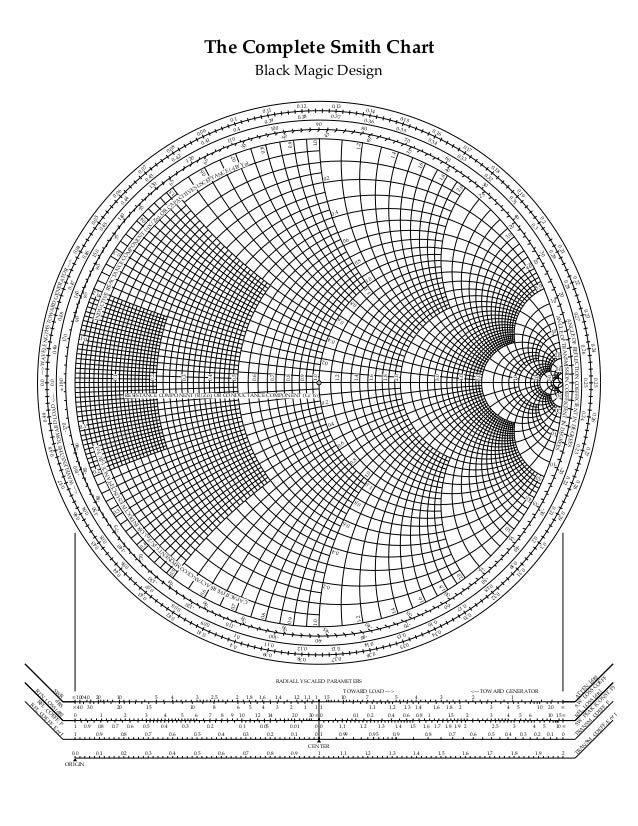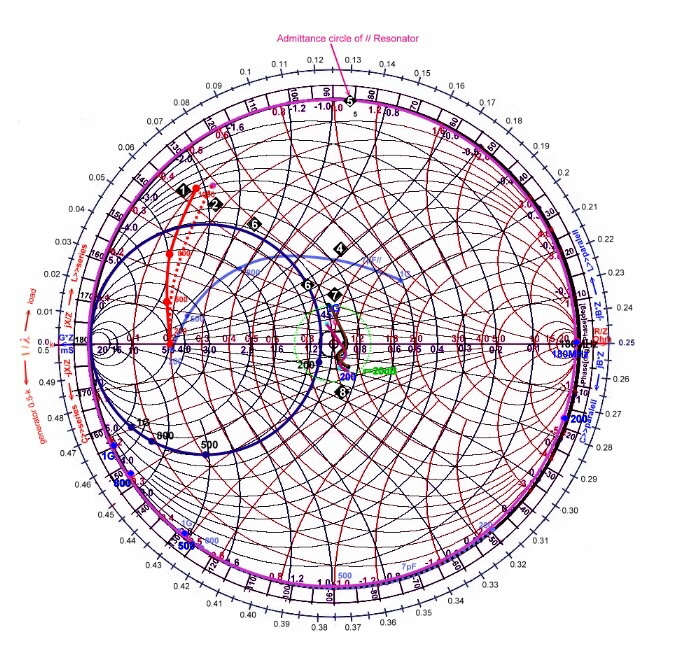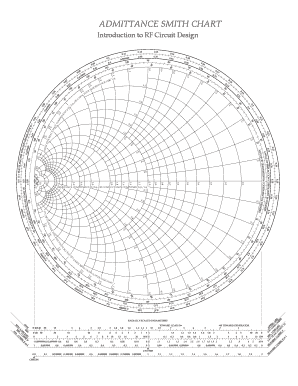


Even if the original designer stopped working on it, others in the community can contribute easily and carry on. Today, I can download a PCB design from GitHub and send it to a factory for assemble simply by a few mouse clicks, and a week later, I can get a prototype.
#Y SMITH CHART SOFTWARE#
But a lot of those DIY projects are not very repeatable.īut in recent years, I think the rise of the web and the popularity of free and open source software and hardware design is a game changer in this aspect. If you read the old homepage on the web, or old electronics magazines, you can see a lot of similar DIY projects. I think the critical part is not simply the possibility of building them, but making them easily available. For example, a 1 GHz active oscilloscope probe for $50. Yeah, there's a huge demand for low performance instruments of all types.Īnd a surprising amount of such equipment can be built using low-cost parts thanks to progress in semiconductors - very limited performance, often uncalibrated, sure, but valuable for experimenters. > I believe there is a large unsatisfied demand for low performance instruments I've already heard about it, looking forward to the new one.

> There is a forthcoming NanoVNA version 2 > 600 MHz uses higher-order harmonics, and is less reliable, but still better than nothing. I recommend hugen79's version ("NanoVNA-H"), he is not the original designer (it was designed by edy555 ), but hugen79's version is currently the most common source with reasonable quality, see the picture for comparison. FOSS firmware + a block diagram for hardware, only the PCB layout is not available), there are a number of low-quality clones that use low quality components and don't include proper shielding. The only thing to beware - since it's a "almost" free hardware design (i.e. I recently used it to experiment different ferrite RF transformers for my homebrew radio receiver, and to characterize frequency response of inductors. The firmware is available under GPLv3 for hacking as well. You get complex S11/S21 and 900 MHz bandwidth, good for measuring complex impedance, the insertion loss of the coax, the frequency response of filters, SWR of antennas, and even basic Time-Domain Reflectometry.
#Y SMITH CHART GENERATOR#
Read more about the 3D Smith chart following versions in the September 2020 article published in IEEE Access-.Its performance is nowhere comparable to a real VNA, those VNAs made by Hewlett-Packard in the late 80s are still the golden standard for many labs.īut NanoVNA is great value for the money for anyone interested in radio electronics! For $50, almost nothing beats a NanoVNA, and it's much more effective than the traditional sweep generator setup. Read more about the 3D Smith chart in the November 2020 article published in IEEE Microwave Magazine. Read more about the 3d Smith Chart new negative capacitance & frequency displays capabilities this article in Nature Scientific Reports - December 2019. See these slides for a quick overview, also available in Spanish, Italian and Chineseįor an overview of the new features in version 1.02 please see this video and the press release In addition to the standard Smith Chart with a unity radius, you can display an expanded Smith Chart and a compressed Smith Chart. You can display a Smith Chart in several different formats.
#Y SMITH CHART UPDATE#
See the documentation for a very detailed overview of the toolįor features added in update 1.02 see this documentation The Smith Chart is a graph that allows all passive impedances or admittances to be plotted in a reflection coefficient chart of unit radius. The tool contains two modes: analysis mode (S parameters touchstone files based) and design mode - both including a 2D and 3D Smith charts in Z/Y (impedance/ admittance versions) The 3D Smith chart tool includes starting 2019 negative capacitance & frequency display, added to the previous negative resistance features.
#Y SMITH CHART INSTALL#
The 3D Smith chart tool is a (completely reconfigurable), very easy to install software operating in Windows and programmed in Java for high frequency engineering.


 0 kommentar(er)
0 kommentar(er)
